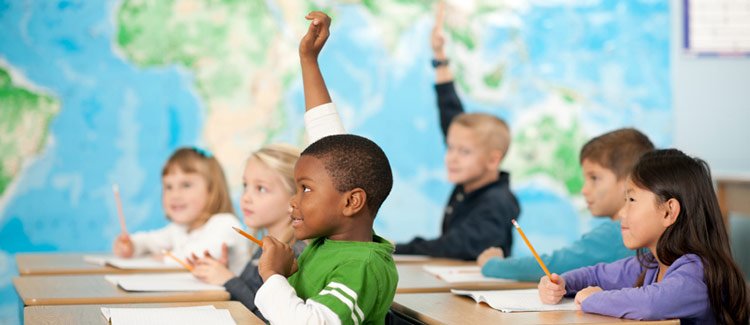Differentiation is arguably the most important part of instruction. Success in a classroom is based on the ability to reach ALL students. By accommodating the needs for all students in the classroom, there is a much higher chance that each student will reach their full potential. Students have various reasons that they may need to be accommodated for; these include, but are not limited to, learning disabilities and learning styles. Differentiation can look like many different things. It can be placing students in small groups, doing whole-group activities, representing work orally rather than a written response, or even additional time on an assignment. Tailoring instruction to all students individually will give them the best learning conditions, and, therefore, a greater chance of learning to the best of their ability.
the
chance or boredom.
English Language Learners need to see and hear everything possible in their native language in addition to English. They need to have visuals whenever possible and should be paired with students that can build them up. Teachers should pre-teach whenever possible to make students familiar with academic vocabulary. By focusing on learning the vocabulary beforehand, students will be able to focus on content during the actual lesson.
In my future classroom, I will provide differentiation in multiple forms during every activity or assessment. Students will be able to learn best when they are able to access multiple ways to learn and represent their understandings. I will learn as much about how my students learn at the beginning of the year and use this information to cater activities to assist students as they reach their full potentials.
Check out this video!


No comments:
Post a Comment